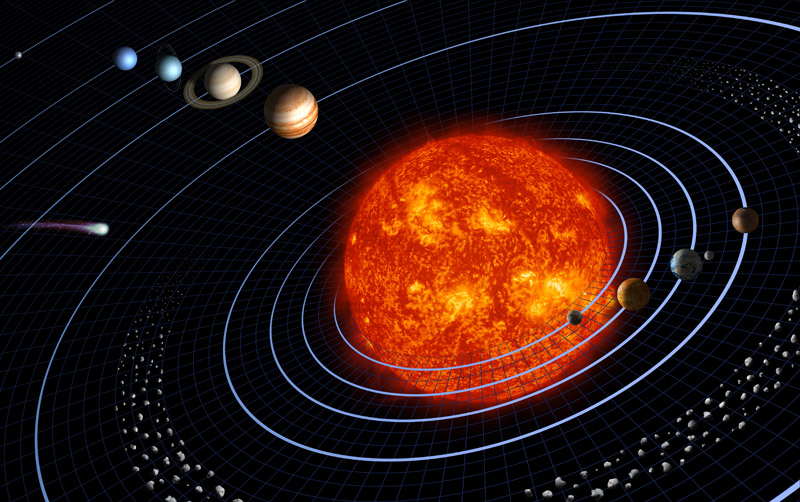- Joined
- Dec 1, 2011
- Messages
- 18,577
- Reaction score
- 57
Which statements are valid regarding the energy level in a bohr model?
I. As the value of n increases, the electron is farther from the nucleus, therefore the electron is in a higher energy state.
II. As the value of n increases, the difference between adjacent energy levels (with n values differing by one), gets smaller.
III. A larger nuclear charge has no effect on transition energies, although it lowers all of the energy levels.
A. I only
B. I and II
Answer is: B
The image given in the book is

It very clearly shows that the energy levels spread out as the numbers increase (e.g 2 is closer to 1 than 3 is to 2). TBR explanation actually disputes this and says that 3 is closer to 2 than 2 is to 1.
So how is II true?
I. As the value of n increases, the electron is farther from the nucleus, therefore the electron is in a higher energy state.
II. As the value of n increases, the difference between adjacent energy levels (with n values differing by one), gets smaller.
III. A larger nuclear charge has no effect on transition energies, although it lowers all of the energy levels.
A. I only
B. I and II
Answer is: B
The image given in the book is

It very clearly shows that the energy levels spread out as the numbers increase (e.g 2 is closer to 1 than 3 is to 2). TBR explanation actually disputes this and says that 3 is closer to 2 than 2 is to 1.
So how is II true?

